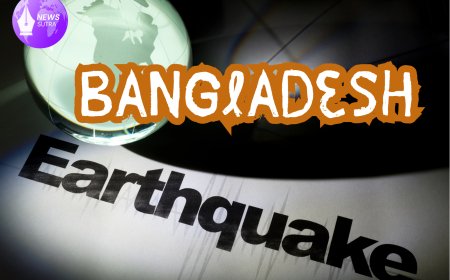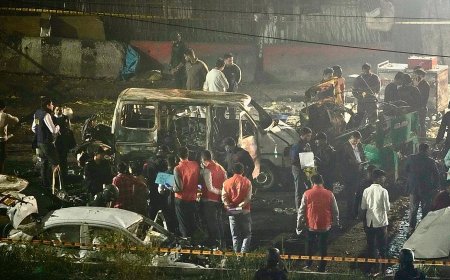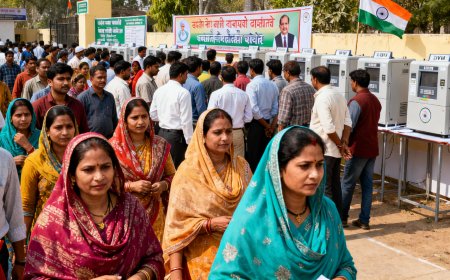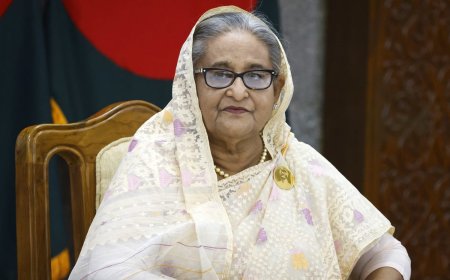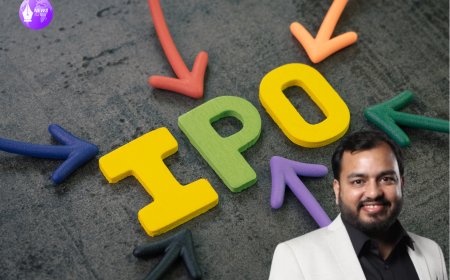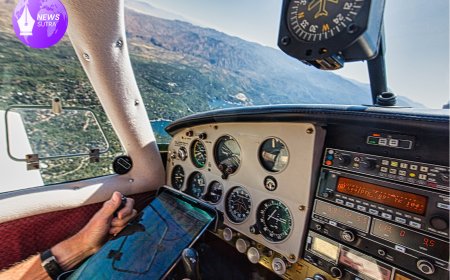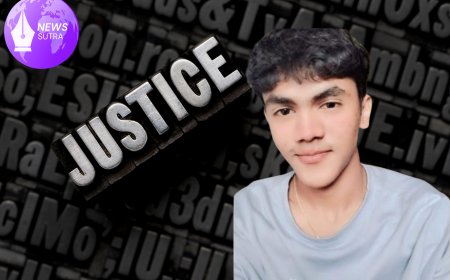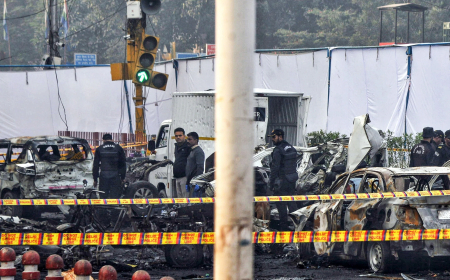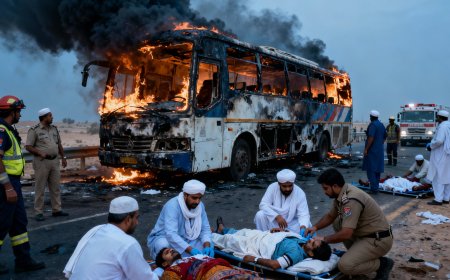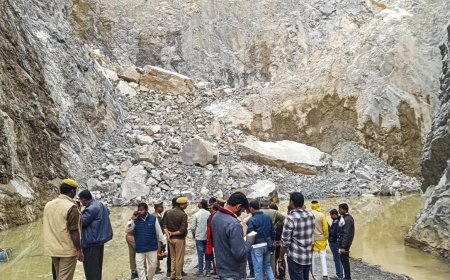Delhi Red Fort Blast: Full Timeline, Key Suspects, and the Capital’s New Security Push
A detailed timeline of the car explosion near Delhi’s Red Fort, the suspects identified, and the security fallout that is reshaping how India’s capital approaches terror threats.
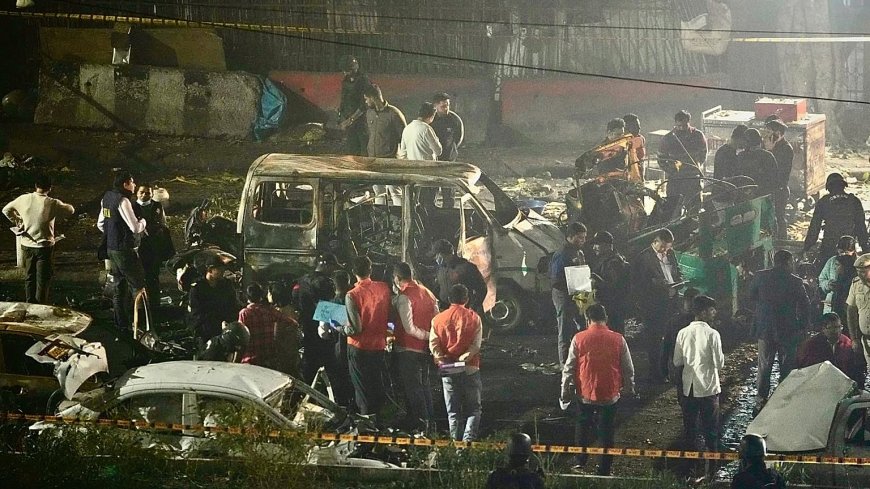
Delhi Red Fort car blast: timeline, suspects and security fallout
By Ronald Kapper
On the evening of 10 November 2025, a devastating explosion ripped through the streets near the Red Fort metro station in Delhi, claiming lives, injuring many, and triggering a major terror investigation. This article presents a clear, visual timeline of the incident, outlines key suspects, and explains the wide-ranging security fallout that has followed.
The blast: what happened
At approximately 6:52 pm IST on 10 November, a white Hyundai i20 exploded near Gate 1 of the Red Fort metro station in Delhi, close to a busy traffic signal and crowds. Wikipedia+2The Times of India+2 The blast killed at least nine people initially and injured dozens. The Times of India+2Al Jazeera+2
The Hyundai had reportedly parked for several hours in a lot adjacent to the historic site and metro station before detonating. Wikipedia+1 After the explosion, the area was quickly put under high alert and investigators began treating the incident as a possible terror attack rather than an accident. Al Jazeera+1
Timeline of the incident & investigation
| Date | Key event |
|---|---|
| 10 Nov 2025 | ~6:52 pm – Explosion of the vehicle near Red Fort metro. Multiple vehicles catch fire; casualties reported. The Times of India+1 |
| 11 Nov | Initial investigation finds the vehicle entered parking adjacent to site earlier in afternoon and stayed hours. Wikipedia+1 |
| 12 Nov | Government formally classifies the incident as a “terrorist act”. Al Jazeera+1 |
| 15 Nov | Probe timeline published: investigators trace explosives, module in Faridabad & Kashmir link. www.ndtv.com+1 |
| 18 Nov | Probes reveal a sophisticated terror module, drones and rockets planned; further arrests. India Today+1 |
Who are the suspects & how the plot unfolded
Investigators with the National Investigation Agency (NIA) have identified what they describe as a “white-collar terror module” involving professionals and medical graduates, rather than the stereotypical foot-soldiers. The Logical Indian+1
Key elements:
-
The driver of the car has been identified via DNA evidence as Dr Umar un Nabi (also known as Dr Umar Mohammed), a medical professional from Pulwama who was employed in Faridabad. The Logical Indian+1
-
The vehicle was tied to a terror network operating across Jammu & Kashmir, Haryana (Faridabad) and Delhi-NCR, allegedly linked to the militant organisation Jaish‑e‑Mohammed (JeM). India Today
-
The plot reportedly included plans to deploy drone-borne explosives and rocket bombs across high-security zones in Delhi before shifting to a car-bomb strategy. The Economic Times+1
Why the incident has such serious implications
-
High-profile target & symbolic site: The blast occurred adjacent to an iconic national heritage location and busy metro node, increasing both symbolic and material impact.
-
Shift in modus operandi: The use of a seemingly regular civilian car, long parking time, and the involvement of educated professionals marks a departure from past terror patterns.
-
Legal and security escalation: The use of the Unlawful Activities (Prevention) Act (UAPA) and the Explosives Act, plus involvement of national agencies, signals the state treating it as a full-scale terror case. Al Jazeera+1
-
City-wide security ripple: The incident triggered city-wide alerts, RWA security overhauls, and heightened patrols at heritage & metro sites. The Times of India+1
Security fallout & broader impact
-
Metro and heritage site protocol changes: After the blast, multiple heritage zones including the Red Fort area and others saw increased vehicular screening and changed entry protocols. The Times of India+1
-
RWA and private‐sector vigilance: Resident welfare associations (RWAs) across Delhi have upgraded CCTV systems, patrols and visitor verification systems. The Times of India
-
Media advisory: The Ministry of Information & Broadcasting issued directives to broadcasters to refrain from airing explosive-making content or sensitive visuals that might aid terror design. The Economic Times
-
Legal action & arrests: Apart from the identified bomber, co-conspirators like Jasir Bilal Wani have been remanded to NIA custody as investigations deepen. The Economic Times
What this means going forward
-
Vulnerability of urban hubs: The incident underscores how urban nodes — busy metro interchanges, heritage zones — remain high-risk and require continuous vigilance.
-
Evolving terror tactics: The involvement of professionals and technology (drone/rocket plans) suggests terrorist modules are adapting and diversifying.
-
Importance of intelligence and inter-state coordination: The network’s links across J&K, Haryana, Delhi show the necessity of seamless intelligence sharing across states and agencies.
-
Public-private cooperation: RWAs, commercial hubs, transport systems must now operate in closer coordination with security agencies.
-
Communicating reassurance: For citizens, the challenge will be to maintain normal life (tourism, metro travel) while enhancing security — balancing alertness with everyday confidence.
Key take-aways
-
The Red Fort car blast was a terror incident executed by a sophisticated module, not a mere accident.
-
Investigators uncovered a broader plot involving drones and rocket bombs — indicating high-level planning.
-
The fatality count has risen to 15 as more victims succumbed to injuries. The Times of India+1
-
Security protocols in Delhi’s heritage and metro zones have been significantly ramped up; citizens are being asked to be alert and report suspicious activities.
In summary: While the explosion near the Red Fort delivered a shock to the national capital, the subsequent investigation reveals something even more troubling — a terror network capable of adapting to modern methods, targeting symbolic urban zones, and embedding within professional and educated cadres. The response so far shows the state recognising this shift and gearing up accordingly. For the public and policy makers alike, the message is clear: vigilance, technology-enabled monitoring, and cross-agency coordination are now non-negotiable.
What's Your Reaction?
 Like
0
Like
0
 Dislike
0
Dislike
0
 Love
0
Love
0
 Funny
0
Funny
0
 Angry
0
Angry
0
 Sad
0
Sad
0
 Wow
0
Wow
0

